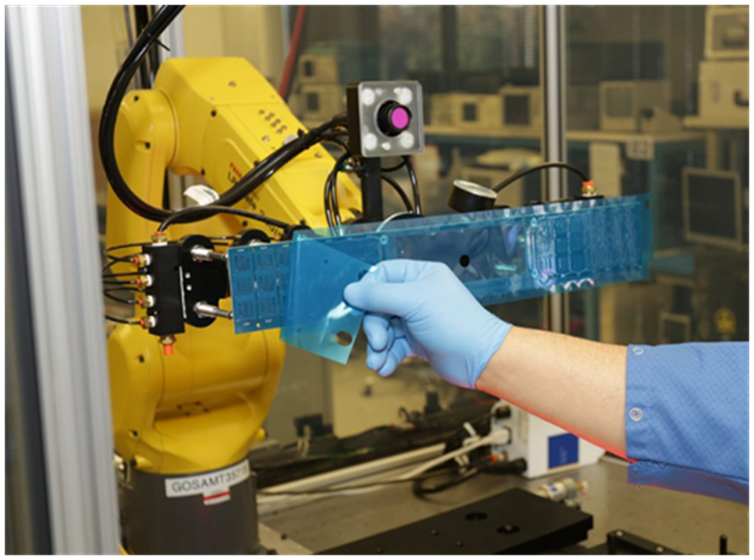
Charles R. Goulding and Preeti Sulibhavi consider three important “D” trends for investing this new year as they impact 3D printing.
The December 2020 issue of Barron’s has an article on Christopher Lee of Swiss-based JOHCM Global. This equity firm strives to allocate 40 percent of its portfolio into 3 Ds, which are:
- Decarbonization
- Deglobalization
- Digitization
Decarbonization
The global interest in Decarbonization is accelerating, including the expected U.S. rejoining of the Paris agreement and the extension of U.S. energy tax incentives. We agree with Lee’s assessment and have published recent Fabbaloo articles on direct carbon capture, solar and geothermal. JOHCM has invested in Ørsted, the large renewables company which we featured in our 2020 Fabbaloo article. JOHCM also has invested in APTIV previously known as Delphi because of its new focus on electric vehicle component parts. We covered this area in our Fabbaloo EV article and our recent transportation article.
Deglobalization
Although the U.S. still leads in 3D printing technology, many other countries have impressive 3D printing capabilities including the following national contributions we have covered recently:
- Brazil and 3D CRIAR
- Canada and Bombardier and Magna
- South Korea (as a Nation) and Samsung
- India and Amazon
- Israel and the United Arab Emirates (UAE)
- Vietnam
- Germany and Siemens
- Spain and HP
- Sweden (as a Nation) and Ericsson and Nokia
- Denmark and Grundfos, LEGO and Vestas
- U.K. and Renishaw
Nations with domestic 3D printing capabilities can execute their own 3D printing designs and production activities and reduce offshoring as well.
Digitization

Digitization entails AI and other data management technologies including cloud computing. We have covered the developments in semiconductor technology related to artificial intelligence, machine learning, gaming and embedded electronics. AI-based sales technologies such as conversational commerce allow the sales function to continue and in some cases produce better results.
Companies engaged in 3D printing activities and similar developments may be eligible for the Research and Development Tax Credit.
The Research & Development Tax Credit
Whether it’s used for creating and testing prototypes or for final production, 3D printing is a great indicator that R&D Credit eligible activities are taking place. Companies implementing this technology at any point should consider taking advantage of R&D Tax Credits.
Enacted in 1981, the now permanent Federal Research and Development (R&D) Tax Credit allows a credit that typically ranges from 4%-7% of eligible spending for new and improved products and processes. Qualified research must meet the following four criteria:
- Must be technological in nature
- Must be a component of the taxpayer’s business
- Must represent R&D in the experimental sense and generally includes all such costs related to the development or improvement of a product or process
- Must eliminate uncertainty through a process of experimentation that considers one or more alternatives
Eligible costs include US employee wages, cost of supplies consumed in the R&D process, cost of pre-production testing, US contract research expenses, and certain costs associated with developing a patent.
On December 18, 2015, President Obama signed the PATH Act, making the R&D Tax Credit permanent. Since 2016, the R&D credit has been used to offset Alternative Minimum Tax (AMT) for companies with revenue below $50MM and, startup businesses can obtain up to $250,000 per year in payroll tax cash rebates.
Conclusion
There is no time like the present to make resolutions for the New Year. This applies to the 3D printing industry as well. Hopefully, we will all learn something from JOHCM Global and include the 3Ds of investing as part of our goals for 2021.
